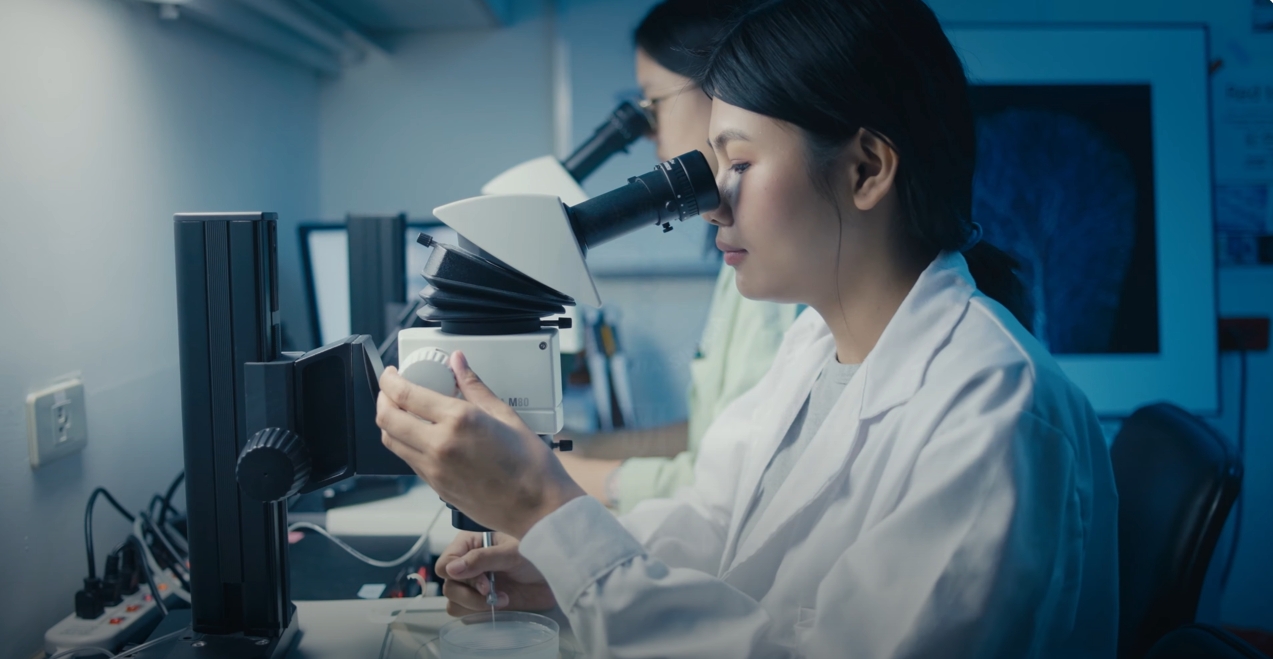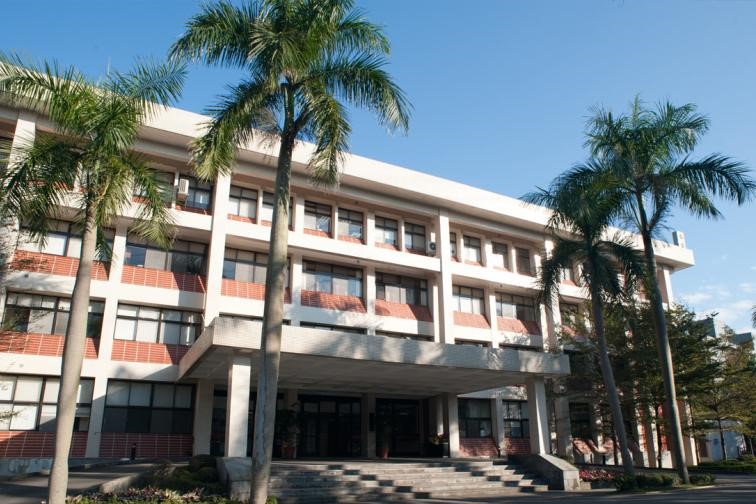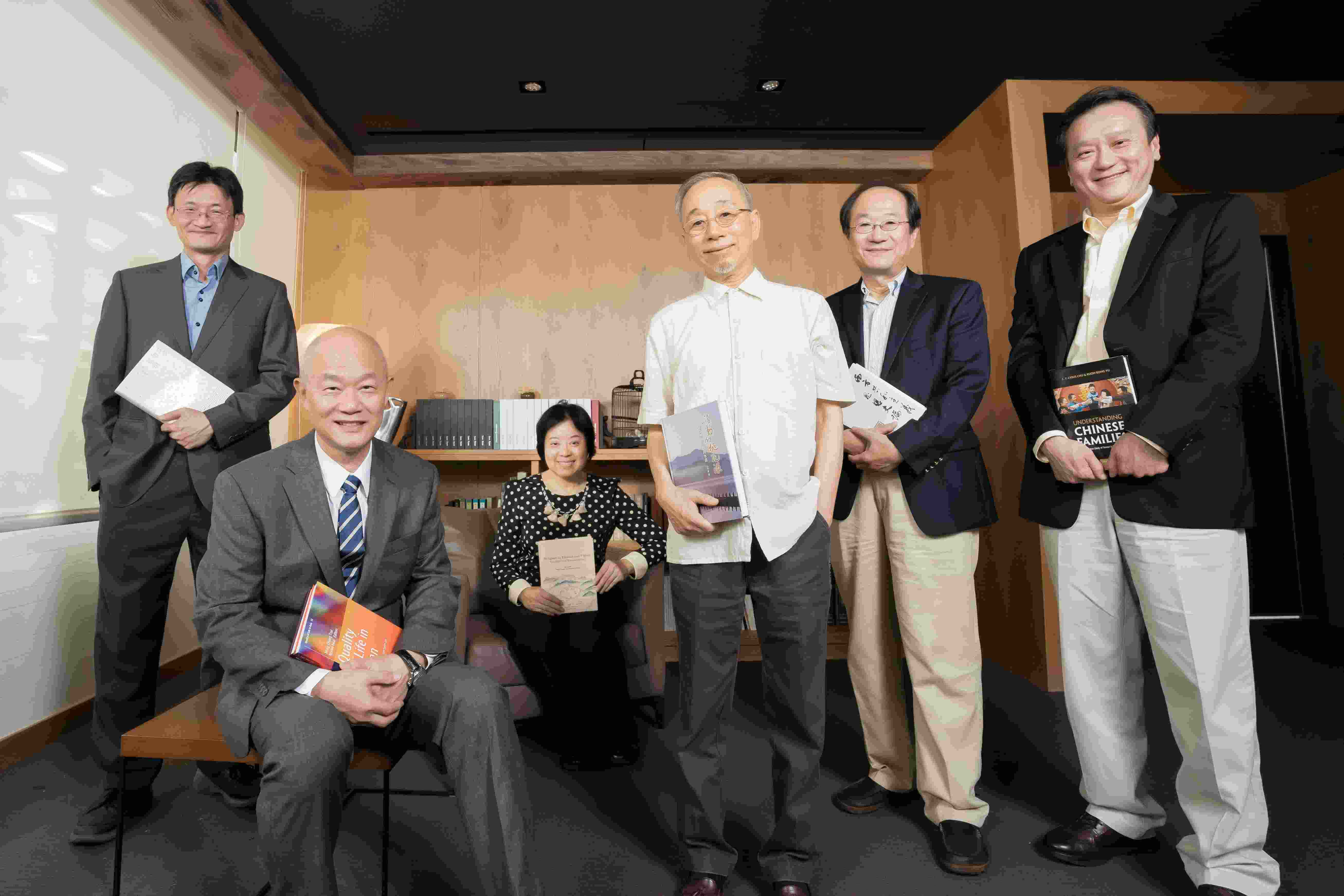- 演講或講座
- 原子與分子科學研究所
- 地點
原分所浦大邦講堂 (臺大校園內)
- 演講人姓名
Prof. Michel Orrit, Institute of Physics (Leiden University, Netherlands)
- 活動狀態
確定
- 活動網址
Abstract:
Several optical methods give access to single molecules and single gold nanoparticles, whose strong interaction of light is mediated by the plasmon resonance: fluorescence (photoluminescence), scattering, absorption from photothermal contrast, refractive effects leading to shifts of the plasmon resonance, or plasmon-enhanced fluorescence of weak emitters.The plasmon-enhanced anti-Stokes photoluminescence of single gold nanorods provides their absolute temperature. Besides fluorescence, other optical signals can detect single molecules. The sensitivity of photothermal contrast can be pushed to the detection of photosensitive individual molecules such as organic conjugated polymers. Plasmonic gold nanorods are sensitive to refractive index changes in the environment. Non-absorbing protein molecules can thus be detected individually by their polarizability only, without need for fluorescent or absorbing labels. The binding and unbinding of single protein molecules from the solution give rise to sudden absorption steps, opening micro-analytical applications and in-situ sensing. Similar experiments can be done on single diffusing nanoparticles, without binding. Finally, plasmonic field enhancement in the near field of gold nanoparticles makes it possible to detect the fluorescence signals of weakly emitting absorbers such as dyes with low quantum yields for fluorescence. The redox cycles of single dye molecules or proteins can be monitored in real time.
Several optical methods give access to single molecules and single gold nanoparticles, whose strong interaction of light is mediated by the plasmon resonance: fluorescence (photoluminescence), scattering, absorption from photothermal contrast, refractive effects leading to shifts of the plasmon resonance, or plasmon-enhanced fluorescence of weak emitters.The plasmon-enhanced anti-Stokes photoluminescence of single gold nanorods provides their absolute temperature. Besides fluorescence, other optical signals can detect single molecules. The sensitivity of photothermal contrast can be pushed to the detection of photosensitive individual molecules such as organic conjugated polymers. Plasmonic gold nanorods are sensitive to refractive index changes in the environment. Non-absorbing protein molecules can thus be detected individually by their polarizability only, without need for fluorescent or absorbing labels. The binding and unbinding of single protein molecules from the solution give rise to sudden absorption steps, opening micro-analytical applications and in-situ sensing. Similar experiments can be done on single diffusing nanoparticles, without binding. Finally, plasmonic field enhancement in the near field of gold nanoparticles makes it possible to detect the fluorescence signals of weakly emitting absorbers such as dyes with low quantum yields for fluorescence. The redox cycles of single dye molecules or proteins can be monitored in real time.









 首頁
首頁

